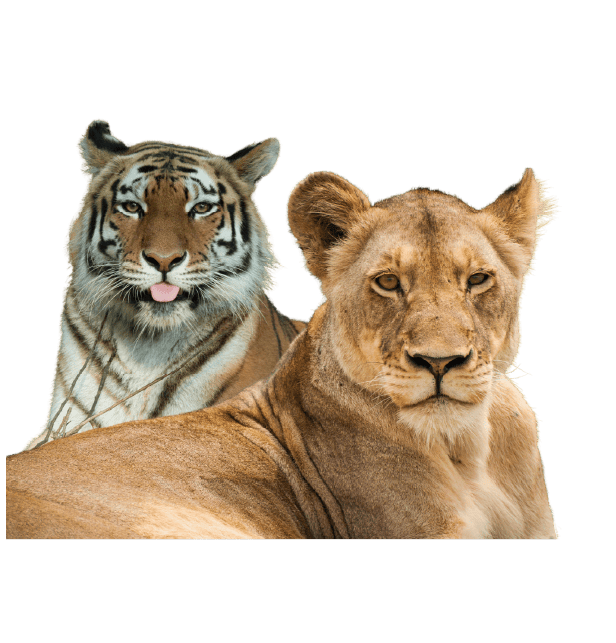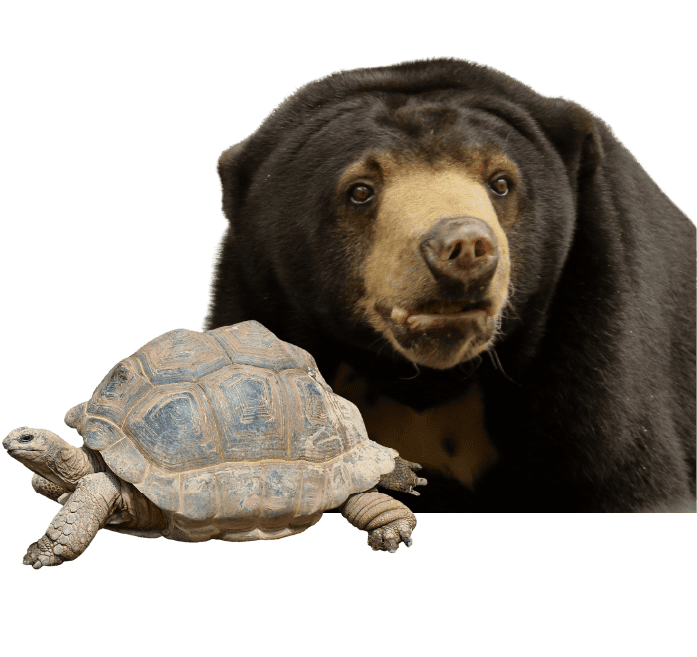
Zoo Johor was known for “Kebun Binatang”, which housed the animal collection of the late DYMM Sultan Ismail. During that time, the zoo featured a variety of animals, including tigers, various kinds of bears, monkeys, birds, deer, and more. Situated within the Istana Besar area, the zoo is connected to a section of the flower garden and is adjacent to the Sultan Abu Bakar Mosque in Johor Bahru.
Construction of Zoo Johor began in 1934. It hosted various animals from both local and international origins, gifted by overseas zoos and animal parks from places such as London, the United States, Australia, Japan, and friends of the late DYMM Sultan Ismail. This demonstrated the late Sultan’s interest in exploration and diplomatic relations with governments worldwide.
On April 11, 1962, the administration of Zoo Johor was taken over by the Johor Government to manage and maintain the zoo. In the same year, Zoo Johor opened to the public, showcasing 58 types of animals. The collection of animals from His Majesty was known for its outstanding quality in the Asian region.
Zoo Johor, now the oldest zoo in Malaysia, spans an area of 11.70 acres and houses more than 100 species of animals.
Provide protection to animals that are endangered.
Raise awareness within the community to foster empathy for animals
Encourage students to learn and study various animal species
Promote tourism both locally and internationally
Gain a closer understanding of the appearance and lifestyle of animals
RECREATION
Visitors have the opportunity to see wildlife displayed in a natural setting while relaxing with family.
LEARNING
An exciting opportunity to learn about wildlife while appreciating nature.
CONSERVATION AND PROTECTION
Paying serious attention to nearly extinct and increasingly threatened wildlife for the purpose of increasing animal populations through programs organized by zoo associations across Malaysia.
CONSERVATION
This is an important role. Ex-situ conservation is carried out alongside in-situ conservation.



